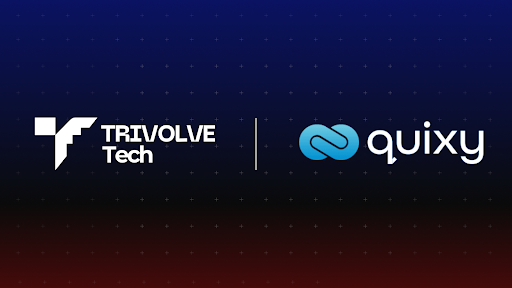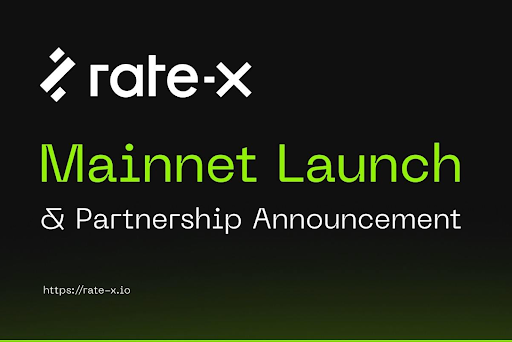The Lendefi Protocol introduces secured lending to give lenders much-needed confidence in a highly volatile crypto market.
The project offers traditional and private lenders access to higher interest rates while shielding them from crypto market fluctuations. It also provides secure lending opportunities by eliminating any counterparty risk between the lender and borrower.
Lendefi works by guaranteeing lenders a variable interest secured by the liquidity provided on the decentralised finance (DeFi) ecosystem in top protocols such as Uniswap and PancakeSwap. On the other hand, borrowers benefit from a wide variety of supported digital assets to invest in by borrowing funds from the Protocol.
The Alpha Version of the Lendefi Protocol is Complete!
The Lendefi Protocol is proud to announce the integration of new developments and initiatives geared toward adding value to the project.
For starters, the project has completed the development of the Alpha version of its Protocol as per the timeline provided on the Lendefi roadmap (i.e. by the end of Q1, 2021). The Alpha, a fork of Compound that integrates a custom borrowing component to facilitate undercollateralized lending, is now available on GitHub.
The project has engaged a new enterprise development team (DeepDive.Tech) to take the Lendefi Protocol from its current Alpha version to a much superior level.
Deepdive.Tech has a strong track record of building smart, intuitive, complex blockchain solutions. They tap the latest technologies and industrial-grade practices to rapidly incorporate new ideas into their solutions, aided by their vast private legacy repository of blockchain and API solutions.
The Lendefi team will work closely with their new counterparts to deliver an Enterprise Grade solution built on the Binance Smart Chain (BSC). The decision not to deploy this Alpha version on the BSC blockchain stems from discussions between the dev teams, a ground up build.
A resolution was made to shift from ETH due to the high gas fees charged for transactions in the network. Mounting transaction fees on Ethereum undermine the ability of DeFi projects built on the blockchain to function efficiently/economically and provide an undercollateralised lending platform to various segments of the market.
BSC offers the most developed and cost-effective DeFi infrastructure outside of the Ethereum network. The chain’s viable costs across varied transaction scales give it the edge over ETH and allow Lendefi to deliver a ‘financially democratic Protocol’ that benefits the community in the long run.
Moving forward, the new enterprise development team will help Lendefi create a more interactive development model in the form of presentations and community voting. This approach will enable the project to tap into the diverse skill sets and industry knowledge within its communities.
DeepDive.Tech and the Lendefi management team are also working on a whitepaper (to be released soon) that outlines how the Lendefi vision is transplanted and built into the BSC ecosystem.
More On the BSC Migration & PancakeSwap Listing
The Lendefi Protocol’s governance token (LDFI) is set to move over to BSC, allowing the community to take immediate advantage of the Binance Chain DEX ecosystem. The BEP-20 governance token will first be available on PancakeSwap, where an LP has already been launched.
The BSC Bridge, which will allow the Tokenholders to convert their ERC-20 to BEP-20 (1 for 1), is almost complete and is scheduled for launch on April 5th 2021.
Lendefi token holders will then be able to use the web dApp to swap their ERC-20 for BEP-20, with only having to pay the transaction fee. They will also need to bridge, which entails locking the LDFI token on one chain (ETH) and then unlocking it on another (BSC).
Migration Rewards For All Token Holders
As an incentive for community members to swap their tokens, Lendefi will be running a two-tier Migration rewards program to reward both legacy and new Token Holders.
The first tier will offer a prize pool of 20,000 LDFI BEP-20, randomly given to new BEP-20 holders that purchase from PancakeSwap.
The second tier of the program seeks to thank existing token holders who migrate LDFI from ERC-20 to BEP-20. These users will receive 10% capped at 100,000 LDFI in total rewards for the program. More details on the migration bonus program will be released soon. Stay tuned!
The Rebranding Effort
The Lendefi management team has opted to take advantage of the imminent chain migration to rebrand Lendefi into something more aligned with the BSC ecosystem.
The team has settled on the Lendefi Lion (LL) to represent the protocol, as it embodies self-sufficiency, pride, determination, leadership, grace and power, attributes that best describe the project. The new Lendefi Lion telegram stickers are available here.
Finally, the team has launched a new website (Lendefi.Finance) in line with the rebranding effort. The website design is minimalistic, easy to use, clean and organized. It also provides all the info stored with reputable 3rd parties and is primarily designed to host the Protocol application.
Other Developments On The Protocol
The team has chosen Gitbook, a 3rd party centralized storage repository for the decentralized protocol, as the Protocol’s Wiki. The Gitbook will hold all relevant project info, links and How To’s for the project; access will be managed by DAO, which will act as the gatekeeper to the storage in the future.
Other developments include the development of a new Staking program that will be released in the coming weeks. This feature will allow BEP-20 Token Holders to Stake their governance tokens and enjoy a lucrative annual percentage yield (APY).
Lendefi has revealed that it will also be migrating its existing liquidity rewards program on Uniswap to Pancakeswap. The initial monthly rewards will be set at 10,000$ worth of LDFI.
Efforts are also underway to list Lendefi on CoinMarketCap and Coingecko. These listings will now be updated with new branding and circulating/total supply API feeds to ensure complete transparency about the token supply on a real-time basis.
What’s more, Lendefi has secured a listing at a reputable centralized global exchange and is in the listing process’s final stages. Since the protocol now supports both ERC-20 and BEP-20 tokens, it will have more listing opportunities!
Help Create and Share Lendefi Content
Coming into April, the project will engage various promotional channels and begin to broadcast all that the Lendefi Protocol has to offer around a range of Telegram channels and other platforms.
The crypto community can also expect more informative articles on project developments and announcements to be posted on Medium, Twitter and Telegram.
If you are interested in creating and sharing Lendefi content, please consider joining the Ambassador’s program or contact the new marketing manager here.
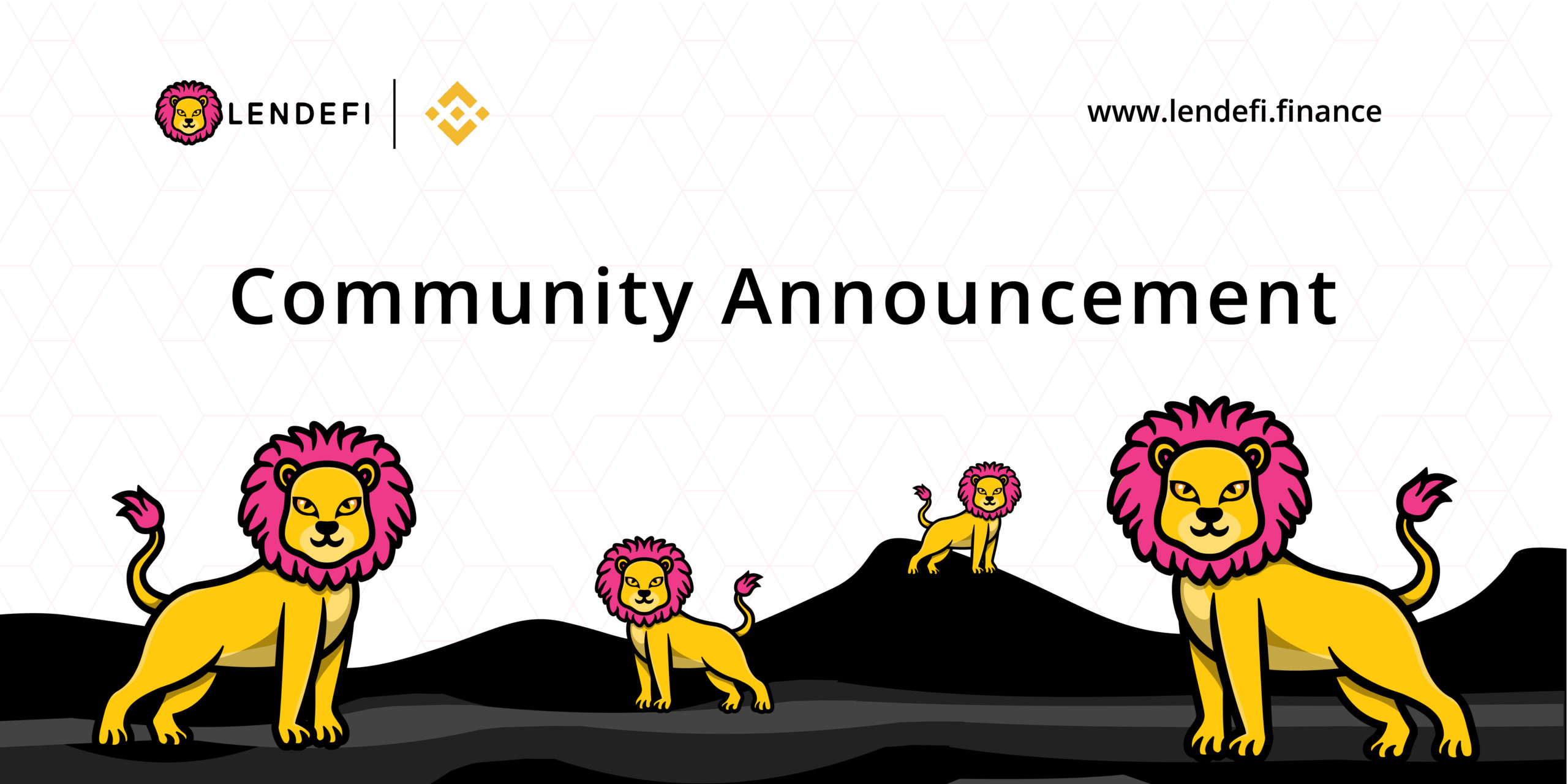



 Crypto2 years ago
Crypto2 years ago
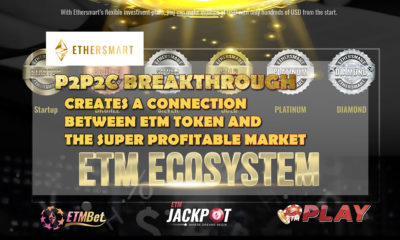

 Press Release4 years ago
Press Release4 years ago
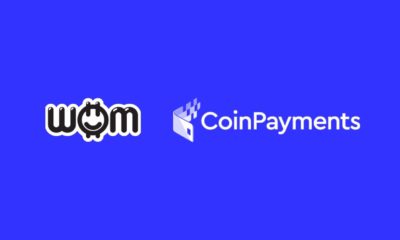

 Blockchain4 years ago
Blockchain4 years ago


 Press Release4 years ago
Press Release4 years ago
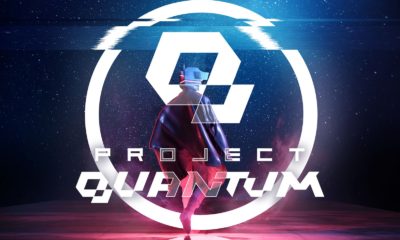

 Press Release3 years ago
Press Release3 years ago


 Blockchain4 years ago
Blockchain4 years ago


 Press Release4 years ago
Press Release4 years ago


 Blockchain4 years ago
Blockchain4 years ago
